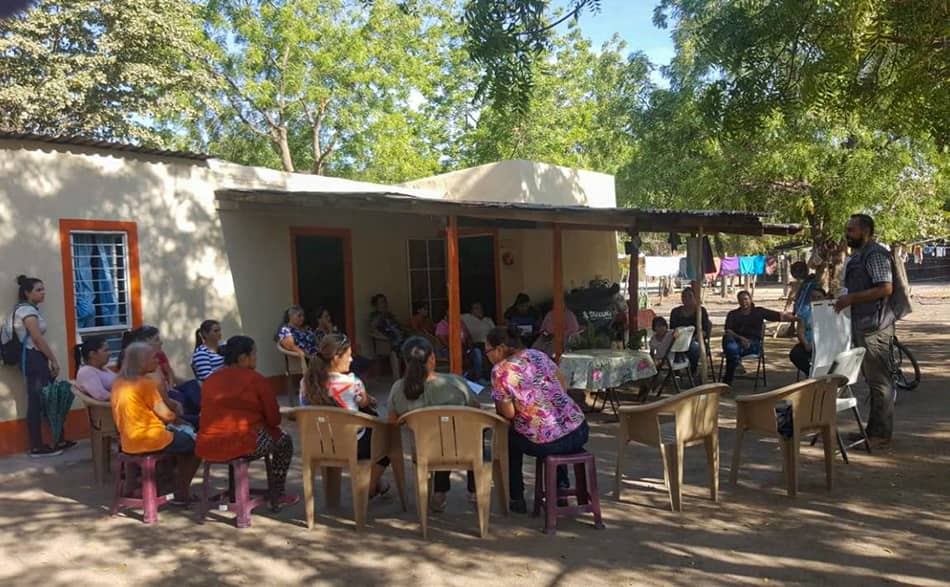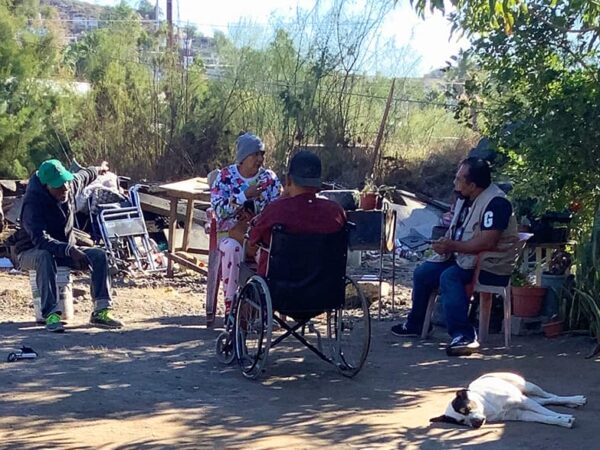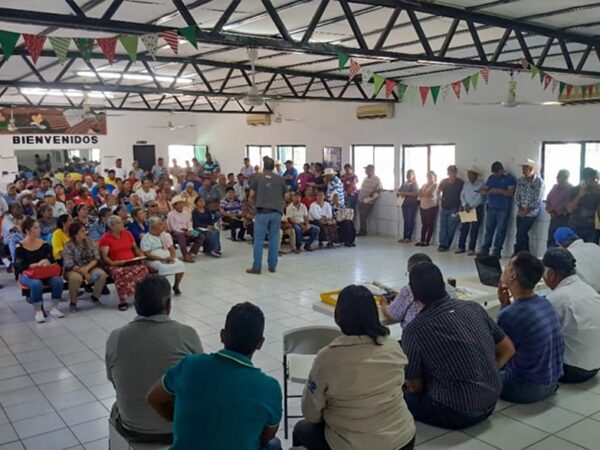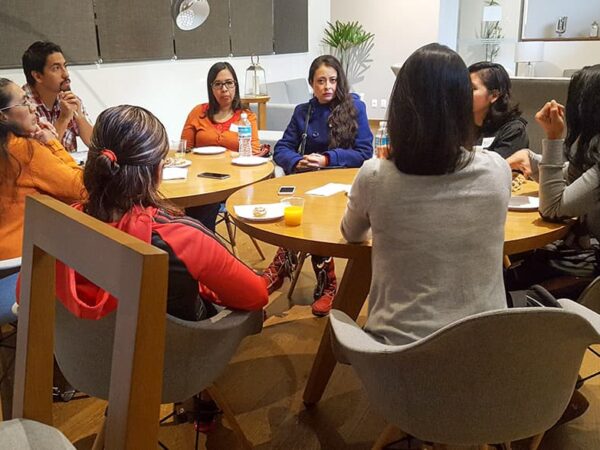
What is social management plan?
The Social Management Plan (SMP) has a very wide variety of meanings, uses and purposes, which is why it has become a vague concept that gives place to laxity among those who design, implement and evaluate it. In general terms, Social Management Plans should be considered in order to minimize the negative impacts derived from the implementation of a project and that affect populations located in the project’s area of execution.
In this way, it is an instrument that essentially seeks to satisfy several needs simultaneously: the interests of the community, of specific stakeholders and of the developer company. The point is not only to remain within the limits of what is strictly necessary to comply with the regulations, but to seek to expand the obligations to generate the maximum possible benefit for all stakeholders.
In Mexico, the General Administrative Provisions on Social Impact Assessment in the Energy Sector (GAP), issued by the Ministry of Energy, have incorporated the issue of social management as an appendix to the impact assessment.
In them, the Social Management Plan is defined as:
The system, strategy or program that includes the set of measures to expand positive impacts and measures to prevent and mitigate negative impacts; the actions and human and financial resources to be implemented by the Promoter in terms of communication, participation, attention to complaints, social investment, and other actions to promote the sustainability of the Project and respect human rights (GAP, art. 2, section XVI).
In the dimension of the current regulation, the Social Management Plan comprises:
Measures for prevention, mitigation and extension of social impacts.
- The Communication Plan and linkage with the communities
- The Social Investment Plan
- Abandonment, closure or dismantling plan
- Resettlement Plan (when needed)
- Continuous Social Impact Assessment Plan, among other.
Therefore, and according to the stipulations, the SMP should be the result of the participation of the inhabitants and other relevant stakeholders in the areas of influence of the project, which implies a democratization of decisions in the energy sector. However, in practice, these plans emanate solely from the interests, degree of commitment and willingness to invest of the developers.
It is important to mention that these plans are rarely available to the public: there is a very limited access for the Stakeholders and civil society in general. So it is not possible to know whether they are responding to the community needs in a proper manner, or to what extent the plans announced to the authority are really being executed.
Conclusions
As a conclusion, it could be said that one of the reasons behind the great problems faced today by the detained energy projects is the lack of planning, development and a good Social Management strategy. It is precisely at this point where development companies run into the disadvantage of not carefully designing Social Management Plans. In order to develop a good SMP, it must include, firstly, a deep, respectful and serious knowledge of the social dynamics of the communities located within the Area of Influence of the projects; secondly, the vision and interests of all those affected and not only of the authorities; and thirdly, plausible actions that, in the medium and long term, include the participation of the citizens, the authorities and the developer. This proactive articulation must guarantee the monitoring of progress, as well as unforeseen inconveniences, and a greater presence of the energy authority in the fulfillment of the commitments assumed by the parties.
By Ana E. Suárez Zamudio | I also write for: Oil & Gas Magazine






